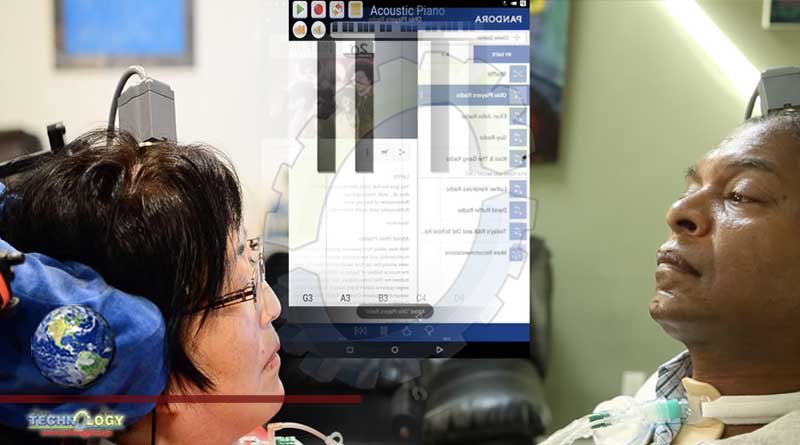The first wireless brain computer interface (BCI) are able to give people with paralysis the power to type on computers with their minds

Not only does the first wireless brain computer interface (BCI) able to give people with paralysis the power to type on computers with their minds, but it also gives them the ability to do so wherever they are, a study published in IEEE Transactions on Biomedical Engineering showed.
Wireless Brain Computer Interface That Sits on Top of Head
Conventional BCIs are linked to large transmitters using long cables, but a team of researchers at Brown University in Providence, Rhode Island has removed the cords and replaced the cables with a small transmitter that is placed on top of the person’s head.
This redesigned BCI is merely two inches in diameter and linked to an electrode array within the motor cortex of the user’s brain through the same port wired systems utilize.
In the trial, which researchers call BrainGate, two paralyzed men with spinal injuries were able to type and click on the tablet by simply thinking of the action. They completed the tasks with point-and-click accuracy and typing speeds similar in wired systems.
The technology is akin to Elon Musk’s BCI called Neuralink, which is currently under development, which is device that will be implanted in the patient’s brain. However, unlike Neuralink, BrainGate is a visible and a concrete example of the innovation tested on humans. Neuralink has only been tested in pigs and monkeys.
Gold Standard for BCIs
The study’s lead author, John Simeral, assistant professor of engineering at Brown University, said in a Daily Mail report, “We’ve demonstrated that this wireless system is functionally equivalent to the wired systems that have been the gold standard in BCI performance for years.’
Recorded and transmitted signals in similar fidelity shows that the decoding algorithms can be used the same way as wired systems. The only distinction is that people need no physical connection to the equipment, which brings many possibilities on how the system can be utilized.
Among the study participants were a 35-year-old man and a 65-year-old man, both suffering from spinal cord injuries that made them paralyzed. The men used the BCIs in their homes, unlike previous tests wherein studies were done in labs.
They used the BCIs for 24 hours, providing researchers with long-period data even as the participants slept. As such, researchers said they were able to study the participants’ brain activities in long durations that were previously impossible.
Originally published at Science Times
